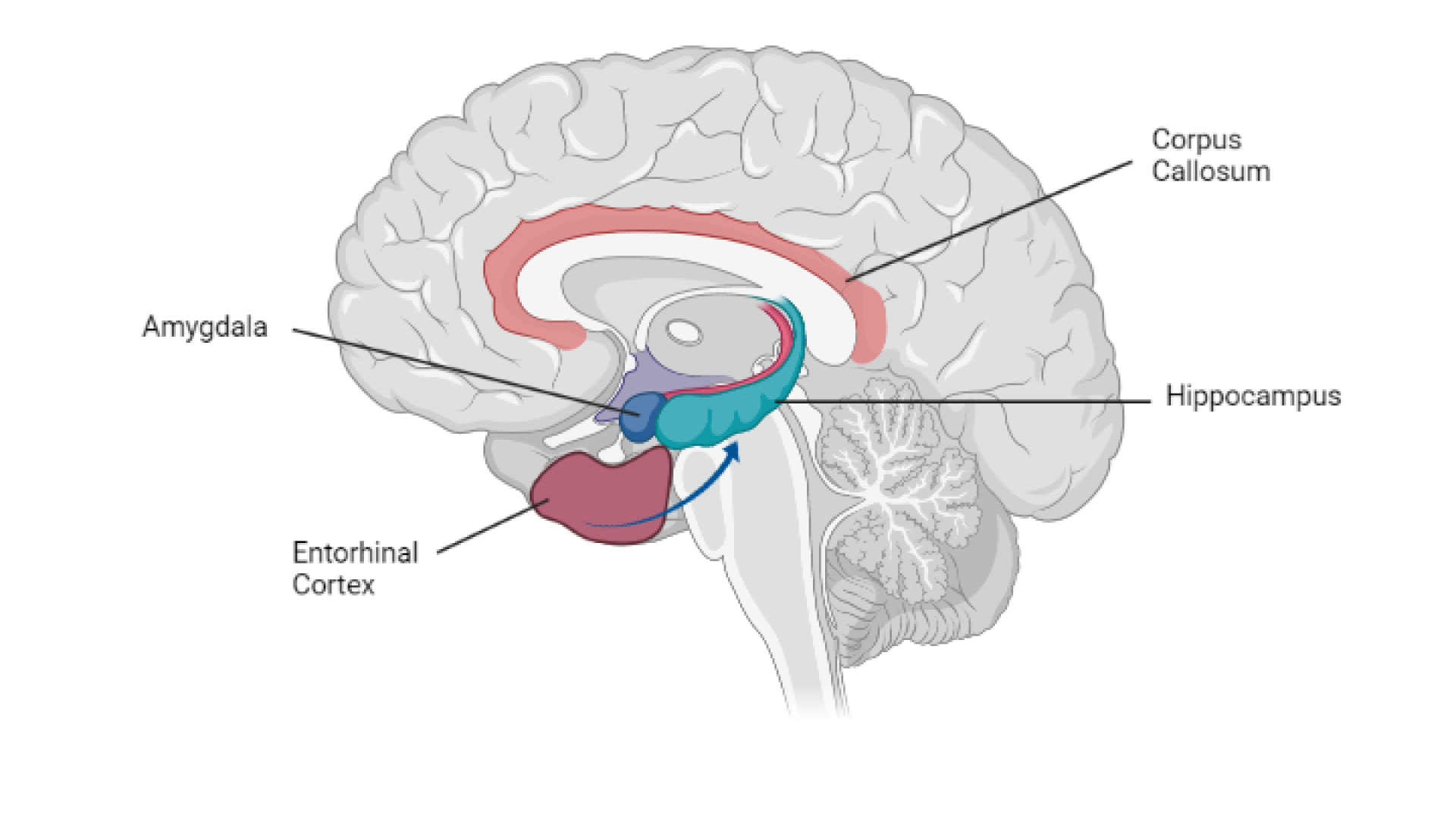New Insights into Tau’s Spread and Role in Memory Loss
Written By: BrightFocus Editorial Staff



Written By: BrightFocus Editorial Staff

What: Dr. Tsuneya Ikezu and colleagues have found a pathway that misshapen tau protein uses to spread from the area of the brain where it originates, the entorhinal cortex, to the brain’s memory center, the hippocampus, during Alzheimer’s disease (AD).
Where: Delpech, J et al, Wolframin-1–Expressing Neurons in the Entorhinal Cortex Propagate Tau to CA1 Neurons and Impair Hippocampal Memory in Mice, Science Translational Medicine, 2021.
BrightFocus Connection: This project was supported in part by an Alzheimer’s Disease Research (ADR) grant to senior author Tsuneya Ikezu, MD, PhD, of the Boston University School of Medicine.
Why It Is Important: During Alzheimer’s, a protein called tau is modified and folds incorrectly, causing it to accumulate inside neurons. So-called tau tangles usually arise in a part of the brain called the entorhinal cortex, which contributes to the formation of memories by relaying information from the outer layers of the brain to the main memory-related region, the hippocampus. Researchers know that disruption of brain activity by tau tangles in the hippocampus is a contributor to memory problems in AD, but how tau moves from the entorhinal cortex to the hippocampus is still an open question.
In the new study, Dr. Ikezu’s group looked at the postmortem brains of people with early-stage AD. They found that tau accumulates particularly in the entorhinal cortex in cells that also express another protein, Wolframin-1. Then the researchers introduced human tau into equivalent Wolframin-1-expressing cells in the brains of an Alzheimer’s mouse model, and from there, tau moved rapidly into the hippocampus.
The team found connections between the Wolframin-1-expressing neurons in the entorhinal cortex and specialized neurons in the hippocampus that are crucial for memory formation and retrieval (e.g., pyramidal neurons). They also showed that tau’s movement into the hippocampus changed how hippocampal neurons communicated with other neurons, corresponding with deficits in learning and memory.
This work provides a greater understanding of how the misfolding and movement of tau protein influence learning and memory issues in AD. In addition, the research model that was developed—mice with human tau protein in their entorhinal cortex Wolframin-1-expressing neurons—might be a good tool to better understand the early stages of AD, as will be looking at more human brain samples to better understand the link between tau and early AD.
BrightFocus Foundation is a premier global nonprofit funder of research to defeat Alzheimer’s, macular degeneration, and glaucoma. Through its flagship research programs — Alzheimer’s Disease Research, Macular Degeneration Research, and National Glaucoma Research— the Foundation has awarded nearly $300 million in groundbreaking research funding over the past 51 years and shares the latest research findings, expert information, and resources to empower the millions impacted by these devastating diseases. Learn more at brightfocus.org.
Disclaimer: The information provided here is a public service of BrightFocus Foundation and is not intended to constitute medical advice. Please consult your physician for personalized medical, dietary, and/or exercise advice. Any medications or supplements should only be taken under medical supervision. BrightFocus Foundation does not endorse any medical products or therapies.
